What Your Fingernails Are Secretly Trying to Tell You About Your Health
Ever really, really looked at your fingernails? I mean, beyond whether they need a trim or a new coat of polish. Most people don’t. But in the world of health and dermatology, fingernails are like tiny dashboards for the body. They can give you some surprisingly early clues about everything from a simple vitamin shortage to more serious health puzzles.
In this article
Think of it this way: your body is a busy factory, and nail growth is one of its non-essential production lines. To make strong, healthy nails, that line needs a steady stream of resources—proteins, vitamins, and good oxygen flow. If a bigger problem pops up elsewhere in the factory, management (your body) will divert resources away from the nail department to handle the crisis. The results of that shutdown show up right on your fingertips.
This isn’t about freaking out over every little white spot. It’s about learning to spot the difference between ‘nothing to worry about’ and ‘hmm, maybe I should ask my doctor about this.’ So let’s get into what’s normal, what’s not, and when to pay attention.
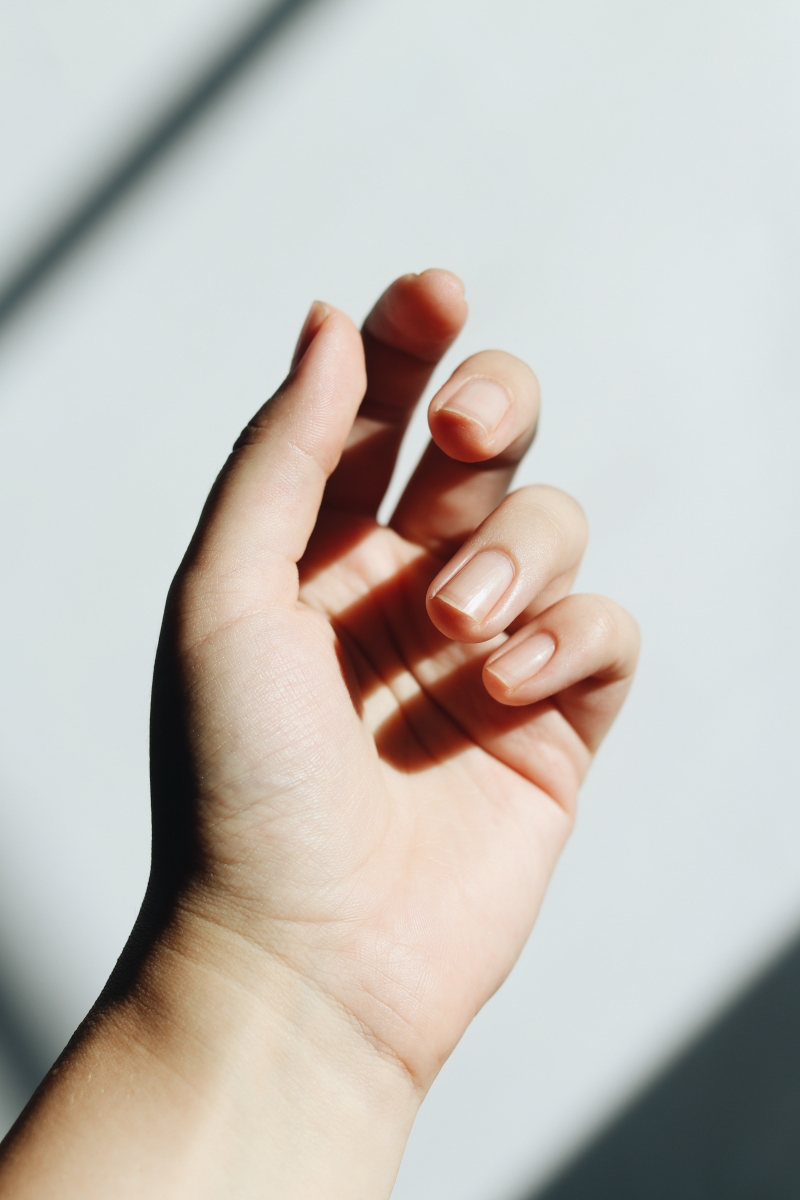
What a Healthy Nail Actually Looks Like
Before we dive into the warning signs, let’s establish a baseline. A healthy nail plate—the hard part you see—should be smooth-ish, kind of translucent, and have a nice pink color. That pink isn’t the nail itself; it’s the healthy, blood-rich nail bed showing through from underneath. The little white half-moon at the base is called the lunula, and it’s basically the visible part of your nail’s command center.
Good to know: Fingernails grow roughly 3.5 millimeters a month, but this can slow down as we get older or if our health takes a dip.
Oh, and try this quick check. It’s a classic test called the capillary refill test. Gently press on the tip of your nail until it turns white, then let go. The pink color should rush back in under two seconds. It’s a super simple way to see how good the blood flow is to your fingertips!

Decoding the Clues: Color Changes
Color is often the first and most obvious change you’ll notice. Here’s a rundown of what different shades might mean.
Pale or Mostly White Nails
If your nails look ghostly pale, the first thing a pro will consider is anemia, especially the iron-deficient kind. Without enough iron, your body can’t make enough hemoglobin, which gives blood its rich red color. This can make your nail beds look washed out.
There are also a couple of specific white patterns to be aware of. One pattern, known to experts, involves most of the nail appearing white except for a narrow pink or brownish band at the very tip. This look is often seen in people with significant liver issues, but can also be linked to heart or kidney trouble. Another pattern shows up as paired white bands that run across the nail bed—not the nail itself. If you press down, they vanish for a second. This usually points to low levels of a protein called albumin in the blood, often tied to kidney or liver problems.

Yellow Nails
Okay, let’s be real: the most common causes of yellow nails are either a fungal infection or leftover stains from a dark nail polish. So, rule those out first. But if your nails are persistently thick, slow-growing, and yellow, it might be part of a rare condition called yellow nail syndrome. This condition often comes with a distinct trio of symptoms: those signature yellow nails, chronic breathing problems (like bronchitis), and swelling in the limbs. If this sounds familiar, it’s definitely time for a chat with your doctor.
A Bluish or Purple Tint
Blue nails are a sign your blood isn’t carrying enough oxygen, and this is one you shouldn’t ignore. It can be a red flag for lung issues or certain heart conditions. Sometimes, it’s related to something called Raynaud’s phenomenon, where cold or stress makes the blood vessels in your fingers clamp down, causing them to turn white, then blue, and finally red as blood returns. But heads up: if your nails suddenly turn blue and you feel short of breath, that’s a medical emergency. Don’t wait.
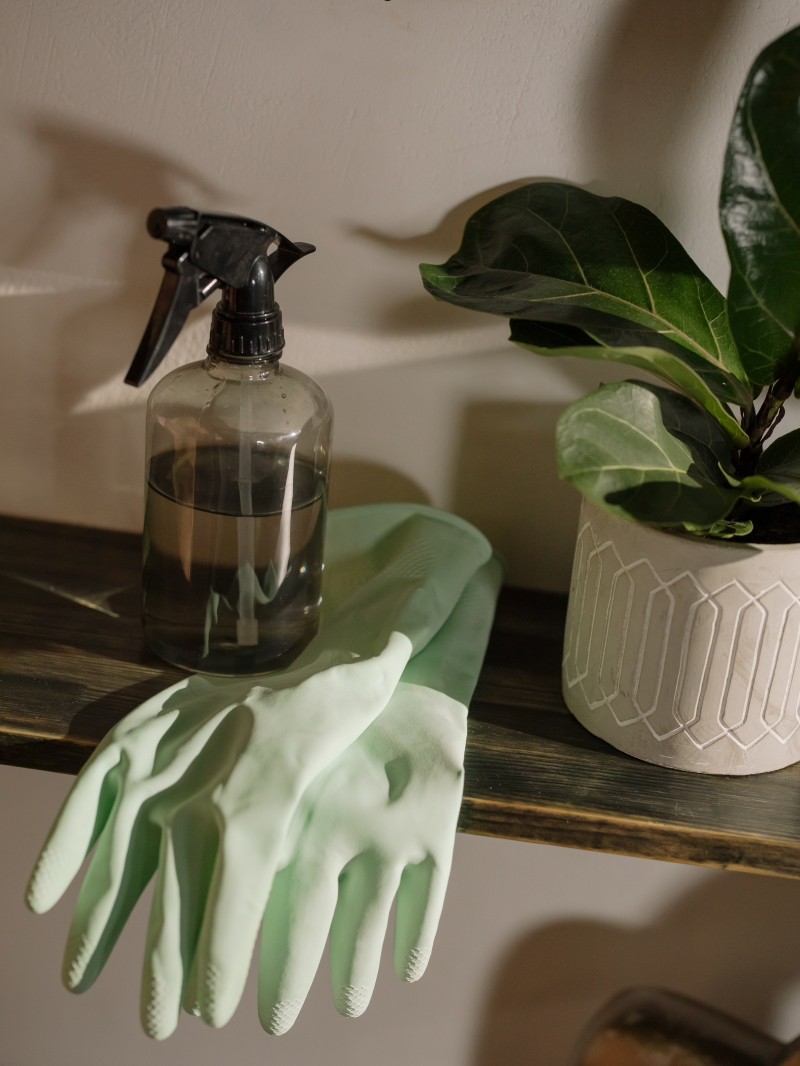
Red or Dark Lines Under the Nail
Have you ever seen a tiny line that looks like a wood splinter stuck under your nail? These are called splinter hemorrhages. Most of the time, they’re totally harmless and caused by bumping your finger. No big deal. However, if you see them pop up on several nails without any injury, they can be a sign of something else. They’re sometimes linked to infections of the heart valves or autoimmune conditions.
The All-Important Brown or Black Streak
This is a big one, so pay close attention. A brown or black line that runs from your cuticle to the tip of your nail is called melanonychia. In people with darker skin tones, having several of these lines is often completely normal and benign. It’s just active pigment cells, similar to a freckle.
BUT, a single, new, or changing dark streak—especially on a lighter-skinned person—needs to be checked out by a dermatologist, and quickly. It can be a sign of subungual melanoma, a rare but serious skin cancer under the nail.

Here’s how to tell the difference, without getting too technical:
- Benign Streaks: Usually, these are present on multiple fingers, are relatively light and uniform in color, and have been there for a while without changing.
- Suspicious Streaks: This is typically a single, new streak that appears on one finger. Warning signs include being wider than 3 millimeters, having multiple colors (like light and dark brown), or becoming wider or darker over time. The biggest red flag is when the pigment starts to bleed onto the surrounding skin of the cuticle. That’s a classic warning sign that means you should book a dermatology appointment right away.
When Texture and Shape Tell a Story
Sometimes the clues are in the feel of the nail, not the color. These changes often happen slowly, over months.
Pitting and Grooves
If your nail surface has tiny little dents that look like they were made with the tip of a pin, this is a classic sign of psoriasis. In fact, these nail pits can sometimes show up even before any skin rash does. It’s also linked to psoriatic arthritis.
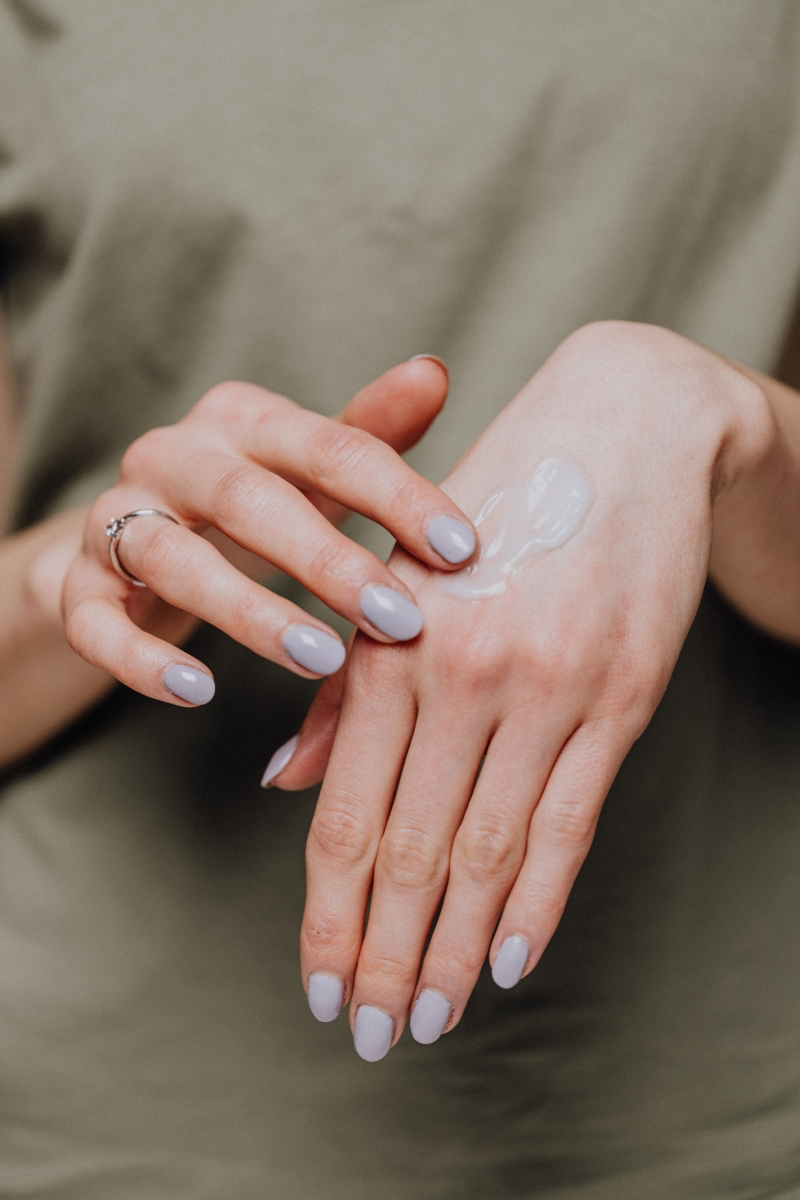
What about those horizontal ridges or grooves you can feel? The pros call them Beau’s lines. Think of them as a fossil record. They mark a time when your body was so stressed (from a high fever, a major surgery, or even intense emotional trauma) that it temporarily halted nail growth. Since it takes a nail about six months to grow from base to tip, a line in the middle of your nail tells you the stressful event happened about three months ago. On the other hand, faint vertical ridges are usually just a normal sign of aging, like wrinkles for your nails.
Brittle, Splitting Nails
This is probably the number one nail complaint out there. Most of the time, the cause is environmental. Constantly having your hands in water (hello, new parents, nurses, and chefs!) strips the natural oils from your nails, leaving them dry and brittle.
A common mistake is trying to ‘fix’ this with aggressive buffing or by cutting away the cuticles—don’t do it! Your cuticles are there to seal and protect the nail matrix. Cutting them just invites trouble.
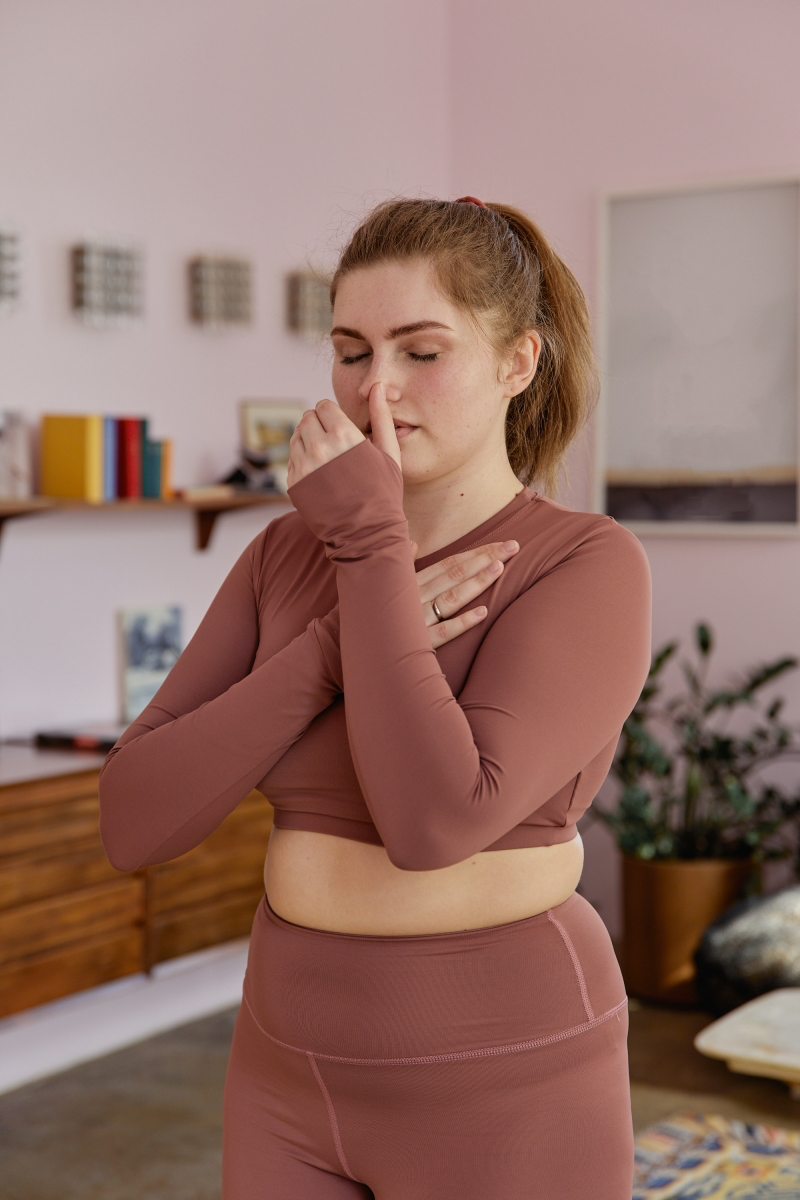
Quick tip: The fix is usually moisture. I often recommend a thick, heavy-duty cream you can grab at any drugstore. Look for products like Aquaphor, CeraVe Healing Ointment, or O’Keeffe’s Working Hands, which usually cost between $5 and $15. Slather it on your nails and cuticles before bed. If that doesn’t help after a couple of months, it might be worth checking for an underactive thyroid or iron deficiency, as both can cause brittle nails.
Spoon Nails
This one is pretty distinct. The nail becomes soft and curves inward, forming a little concave ‘spoon’ shape that could actually hold a drop of liquid. This is a textbook sign of a significant, long-term iron-deficiency anemia. If you see this, your first stop should be your family doctor for a simple blood test.
Clubbing
Nail clubbing is a slow, painless process where the fingertips enlarge and the nails curve around them. It’s a major clinical sign that shouldn’t be ignored because it often points to a chronic lack of oxygen. It’s strongly linked to serious lung conditions, including lung cancer, as well as inflammatory bowel disease and heart disease. If you notice your fingertips changing in this way, a thorough medical workup is essential.

What About Supplements like Biotin?
Ah, the million-dollar question. I get asked all the time: ‘Should I be taking biotin for my nails?’ Here’s the honest answer: for most people, probably not. If you have a true, diagnosed biotin deficiency (which is pretty rare), then yes, supplements can work wonders. But for the average person with a reasonably balanced diet, taking extra biotin is unlikely to make a dramatic difference. Your body will just get rid of what it doesn’t need.
Before you spend money on expensive ‘hair, skin, and nails’ supplements, it’s a much better idea to talk to your doctor. They can help you figure out if your diet is lacking something or if a blood test to check for deficiencies is a good idea. Save your money first!
A Simple Guide: When to See a Doctor
Okay, that was a lot of information. Let’s boil it down to a practical action plan.
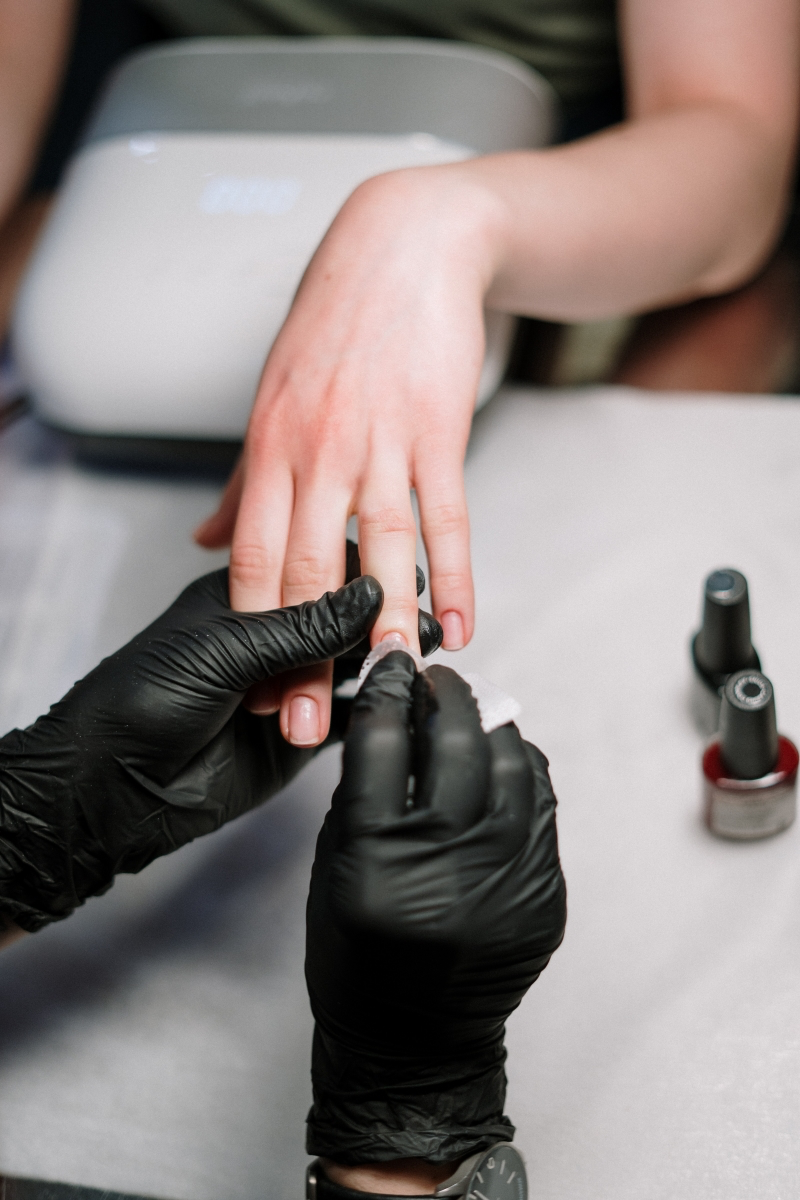
Try This at Home First:
- Mildly Brittle or Splitting Nails: Give it the moisture treatment for 2-3 months. Wear gloves for wet work and use a thick cream daily.
- Fine Vertical Ridges: Usually just a sign of aging. No need to worry unless other symptoms pop up.
Mention at Your Next Routine Check-Up (Family Doctor):
- Spoon-Shaped Nails: This definitely warrants a blood test to check your iron levels.
- Persistent Pitting: Especially important to mention if you have any joint pain or skin issues.
- Beau’s Lines: Not an emergency, but it can be helpful to discuss what might have caused them.
See a Doctor Promptly (Dermatologist is Best):
- Any New or Changing Single Dark Streak. This is the top priority on this list. Don’t wait on this one.
- Persistently Yellow, Thickened Nails: To properly diagnose a fungal infection or rule out something else.
- Signs of Infection: Any redness, pain, pus, or swelling around the nail needs to be looked at to prevent it from getting worse.
Seek Immediate Medical Attention:
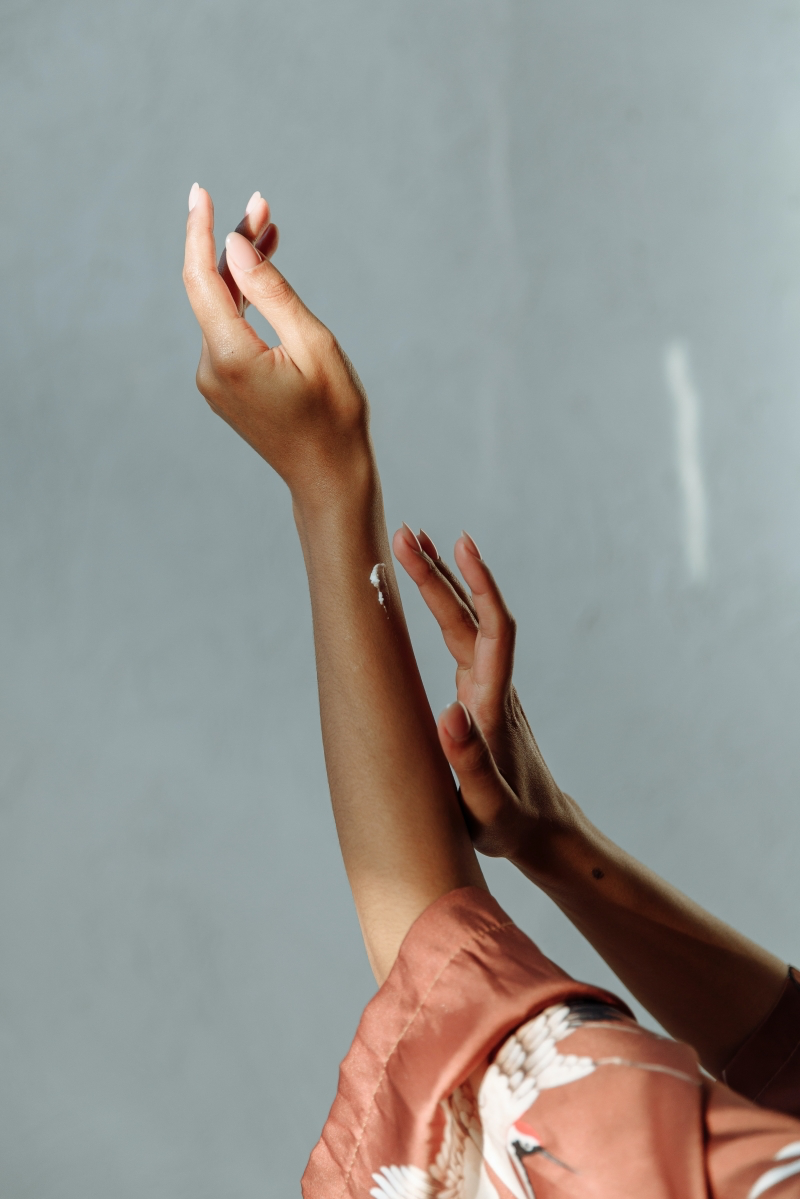
- Nail Clubbing: This requires a full and immediate medical evaluation.
- Blue Nails (Cyanosis): Especially if you also feel short of breath or dizzy. This is an emergency room situation.
At the end of the day, your nails are just clues, not conclusions. A good doctor will never make a diagnosis based on a nail sign alone. It’s always one piece of a much larger health puzzle. So be an informed observer of your own body, but don’t become an obsessive one. Take a photo with your phone to track any changes. This knowledge is a tool to help you have a smarter conversation with your doctor. Your hands are right in front of your face every day—paying a little more attention to them is a simple and powerful way to stay on top of your health.
Inspiration:

My diet is solid, but my nails are still brittle and prone to peeling. What gives?
Think of your nails like your skin—they need external moisture just as much as internal nutrition. Constant hand washing, sanitizers, and household cleaners strip away natural oils, leaving the nail plate dehydrated and weak. The solution is targeted hydration. Massage a drop of cuticle oil, like the jojoba-based CND SolarOil or even simple sweet almond oil, into your nails and cuticles every night. The small molecules penetrate the nail plate, restoring flexibility and preventing the frustrating splits and peels that can often be mistaken for a health issue.










